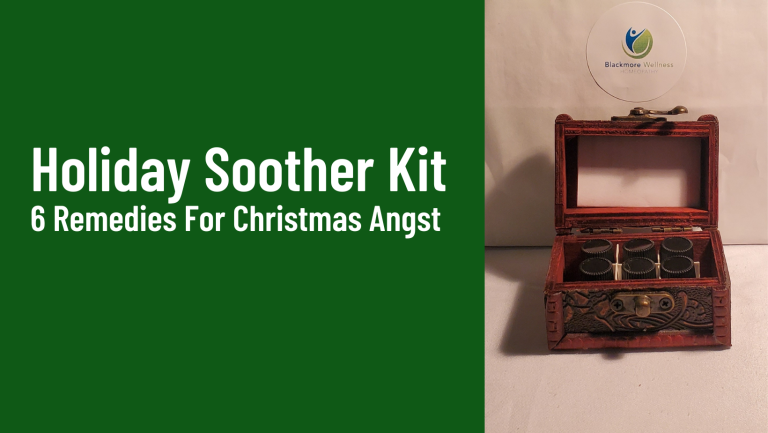Is it just me…or are there fewer black flies this year?
The Unusual Absence of Black Flies in Eastern Ontario: A 2024 Phenomenon
If you’re spending time outdoors in Eastern Ontario this year, you might have noticed something peculiar: the absence of black flies. For locals and regular visitors, the arrival of these pesky insects is a sure sign of spring and early summer. Their bites are infamous for causing discomfort and, in some cases, allergic reactions. So, what could explain this unexpected and unusual absence in 2024? Let’s delve into the potential reasons behind this intriguing phenomenon.
Climate Conditions
One of the most significant factors influencing black fly populations is the climate. Black flies thrive in cool, moist environments, particularly around fast-flowing streams where they lay their eggs. This year, Eastern Ontario experienced an unusually warm and dry spring. These conditions are far from ideal for black fly larvae, which require ample moisture to survive. Without sufficient water in their breeding grounds, the larvae couldn’t develop into adult flies, leading to a noticeable decline in their numbers.
Changes in Water Levels
Eastern Ontario’s water levels have also played a crucial role. The region saw lower-than-average rainfall during the critical breeding months of March and April. Streams and rivers, the primary habitats for black fly larvae, were not as full as they typically are. The reduced water flow meant fewer breeding sites for the flies, further contributing to their diminished presence.
Ecological Factors
Ecological changes can also impact insect populations. Predators of black flies, such as birds and other insects, might have had an impact this year. An increase in these predators could naturally reduce black fly numbers. Additionally, changes in vegetation and other environmental factors might have created less favorable conditions for black fly larvae to thrive.
Human Impact
Human activities could be another contributing factor. Increased efforts in pest control and changes in land use patterns, such as urbanization and agriculture, can disrupt the natural habitats of black flies. While not a primary cause, these activities can compound the effects of natural environmental changes.
Long-Term Trends
While the absence of black flies this year is noticeable, it’s important to consider whether this is part of a larger trend. Climate change is causing shifts in weather patterns globally, and Eastern Ontario is no exception. Warmer temperatures and altered precipitation patterns could mean that black fly populations might continue to fluctuate unpredictably in the coming years.
Community Reactions
The local community’s reaction to the absence of black flies has been mixed. Many people are enjoying outdoor activities more than usual, relieved to avoid the usual swarms and bites. However, some environmentalists express concern. Black flies, despite their annoyance, play a role in the ecosystem. They are food for various birds and fish, and their larvae contribute to nutrient cycling in aquatic environments. A sudden change in their population could have ripple effects throughout the local ecology.
Looking Ahead
As we enjoy the relatively peaceful outdoor season this year, it’s crucial to monitor these changes and understand their implications. Scientists and environmentalists will continue to study the conditions that led to this year’s black fly decline to predict future trends and manage the ecological balance.
In conclusion, the lack of black flies in Eastern Ontario this year is a multifaceted phenomenon likely caused by a combination of climatic conditions, changes in water levels, ecological factors, and possibly human impact. While it’s a welcome respite for many, it also serves as a reminder of the delicate balance in our ecosystems and the interconnectedness of natural processes. Whether this is a one-time occurrence or the beginning of a new trend remains to be seen, but it certainly adds an interesting chapter to the region’s natural history.
Homeopathic Remedies for Black Fly Bites
- Ledum Palustre (Wild Rosemary)
Ledum Palustre is one of the most commonly recommended homeopathic remedies for insect bites, including those from black flies. It is particularly effective for puncture wounds and bites that are swollen and itchy. This remedy is known for its anti-inflammatory properties and can help reduce swelling and discomfort.
- Dosage: Use Ledum Palustre 30C, taking one dose every few hours until the symptoms improve. Follow the dosing instructions provided by a homeopathic practitioner.
- Apis Mellifica (Honeybee)
Apis Mellifica is derived from the honeybee and is used to treat bites and stings that cause red, swollen, and burning skin. It is especially helpful if the bite site is hot to the touch and feels better with cold applications.
- Dosage: Use Apis Mellifica 30C, taking one dose every few hours as needed. Again, it is essential to follow the dosing guidelines provided by a homeopath.
- Urtica Urens (Stinging Nettle)
Urtica Urens is effective for bites that cause intense itching and a burning sensation. It is particularly useful for skin eruptions and hives resulting from insect bites.
- Dosage: Use Urtica Urens 30C, taking one dose every few hours until the itching and burning sensation subsides.
- Hypericum Perforatum (St. John’s Wort)
Hypericum Perforatum is beneficial for bites that are painful and may affect nerve endings. It is especially useful for deep puncture wounds and can help alleviate sharp, shooting pains.
- Dosage: Use Hypericum Perforatum 30C, taking one dose every few hours as needed for pain relief.
- Calendula Officinalis (Marigold)
Calendula is known for its soothing and healing properties. It can be used both topically and internally to treat insect bites and prevent infection. A Calendula cream or ointment can be applied directly to the bite site to promote healing and reduce inflammation.
- Dosage: Use Calendula 30C internally, taking one dose every few hours. For topical application, use Calendula cream or ointment as needed.
- Arnica Montana
Arnica Montana is well-known for its ability to reduce swelling and bruising. It can be helpful for bites that are accompanied by bruising and soreness.
Dosage: Use Arnica Montana 30C, taking one dose every few hours as needed. Arnica cream or gel can also be applied topically to the affected area.







